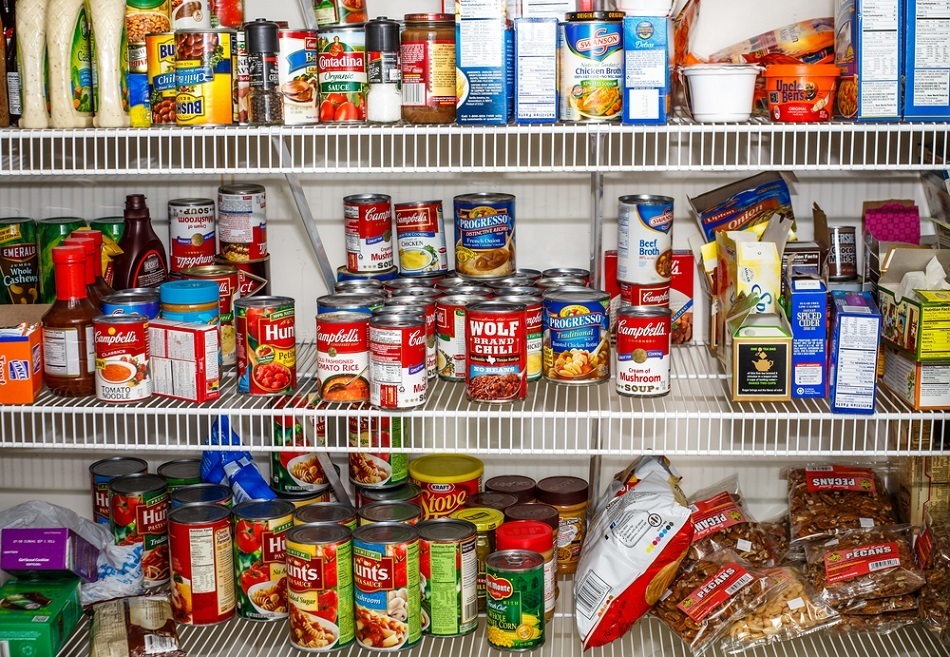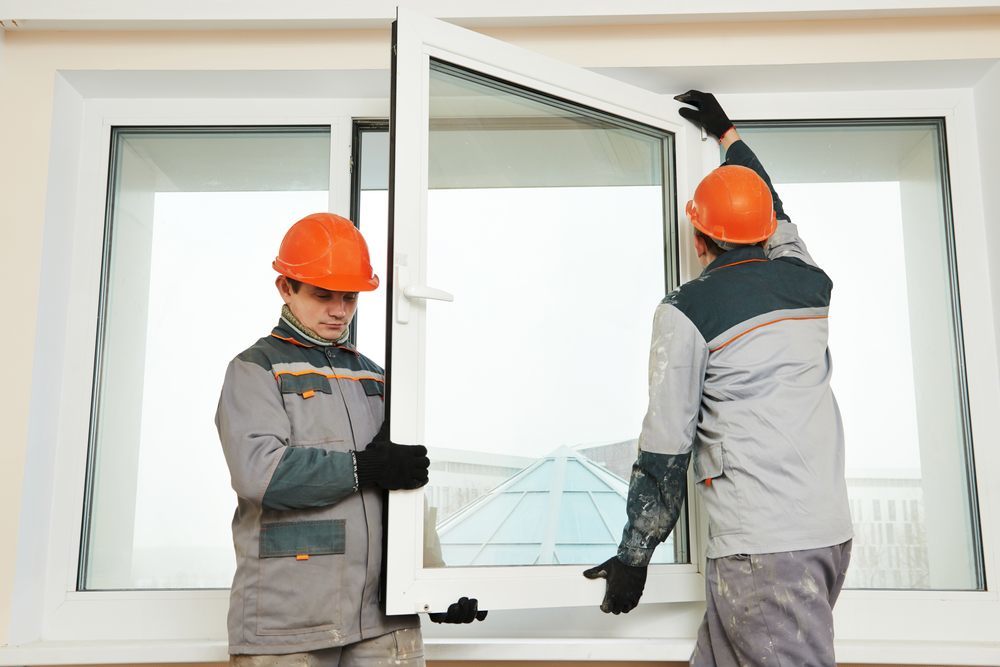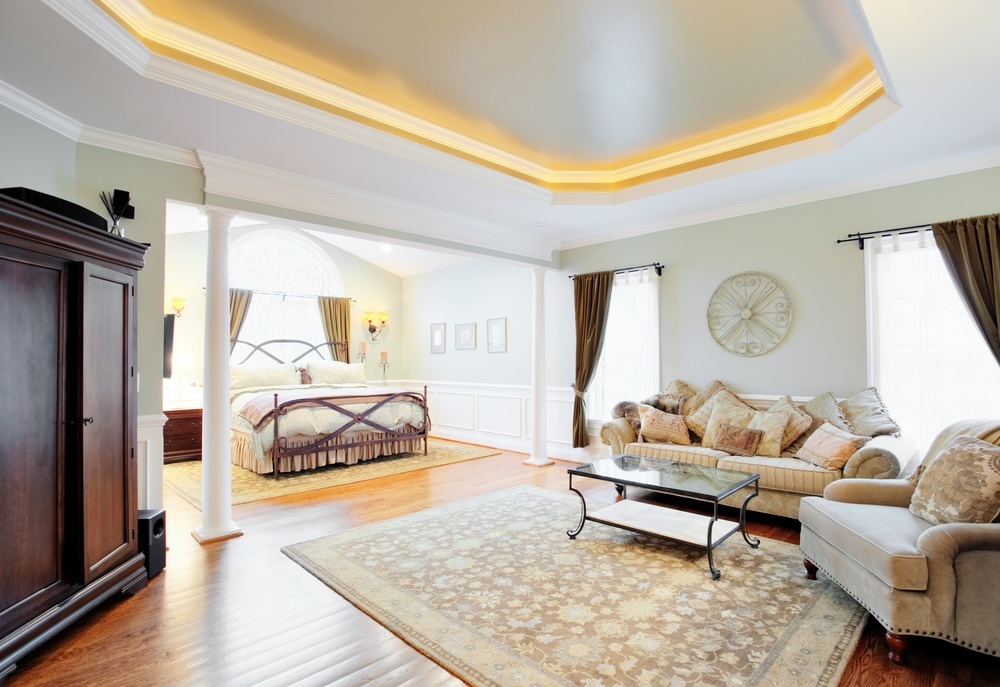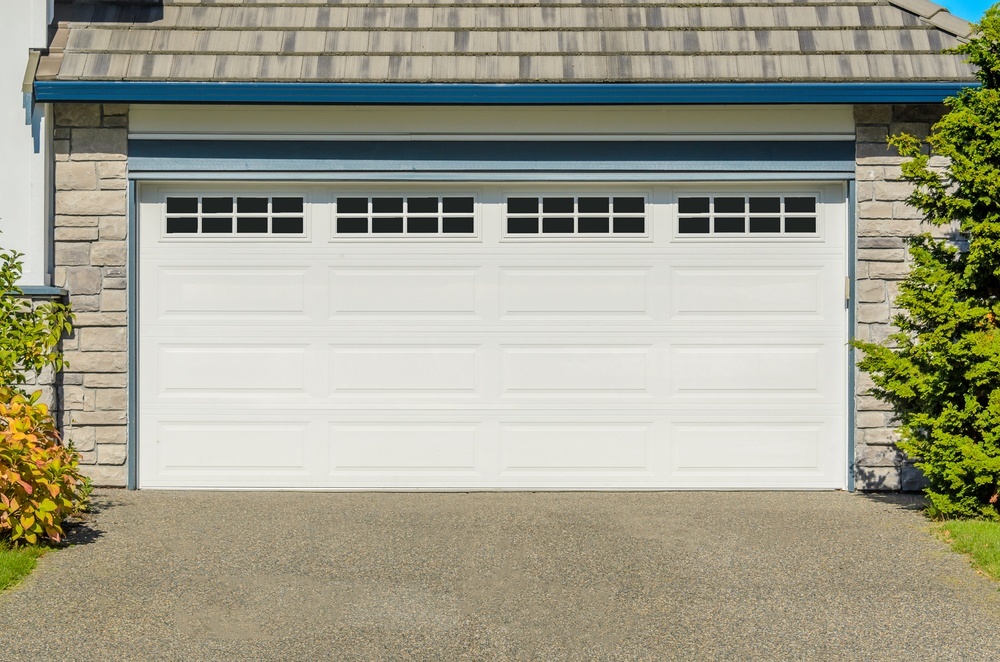 Image Credit: Darryl Brooks / Shutterstock.com
Image Credit: Darryl Brooks / Shutterstock.com
Pantries can be a pretty challenging area of the home to organize. Things get moved around in there so often and since pantries hold so many small items, it can be hard to get everything in order and keep it that way. The good news is that with a few simple organization methods, you can get your pantry nice and organized in no time and make it easy for you to keep it that way.
Start By Clearing Out Your Inventory
The best way to start getting your pantry in order is to start by taking everything out and getting rid of things you no longer need. Toss any food that’s past its expiration date. If you have food that’s still good, but you have more than you really need or you just don’t see yourself using before it expires, go ahead and donate some of it to a food drive or food bank. Once you get rid of the things you either don’t need or can’t use, you’ll have a much easier time organizing the things you do need.
Consider How Often You Use Things
One of the most important things to consider when organizing your pantry is how often you use certain things. Things that get that get used all the time should be kept within easy reach while things that aren’t used as frequently can be placed on the higher shelves. Larger, heavier items like bottles of cooking oil or big bags of flour should be kept at lower levels so that nobody hurts themselves trying to reach them.
Group Related Items Together
When you’re trying to get ready to make a meal, the last thing you want to do is spend a long time searching your pantry for the ingredients you need. By grouping related items together -- baking items, soups, snack foods, canned fruits and vegetables, drinks, etc. -- you’ll have no problem finding what you need and it’s easy to help keep your pantry organized when everyone has a general idea of where everything should go.
Maximize Your Available Shelf Space
Pantries are often full of small bottles, jars, and cans that don’t take up the whole height of the shelf in your pantry, leaving you with wasted space above those items. To make the most of your shelf space, you might want to consider getting small individual wire shelves to place on your existing shelves. That way, you’ll maximize your shelving space and make it easier to keep those smaller pantry items in order.
Use Trays and Baskets
Baskets and plastic trays can be extremely helpful in keeping your pantry organized. If you keep a supply of chips and pretzels in your pantry, trays and baskets can help prevent them from being crushed by heavier items. If you have kids who like having pre-packaged snacks in their lunches or for after-school snacks, keeping them all in a basket or tray makes it easy to grab them as needed. They can also be very helpful in keeping related items grouped together.
Put New Things in the Back
We’ve all had those moments where we’ve been cleaning out a closet and we find something we totally forgot we had because it got pushed all the way to the back. To prevent this from happening in your pantry, try to place newer items in the back and keep older items in the front. That way, the older items will be more likely to used first, before they expire, and newer items can be rotated forward as needed.









